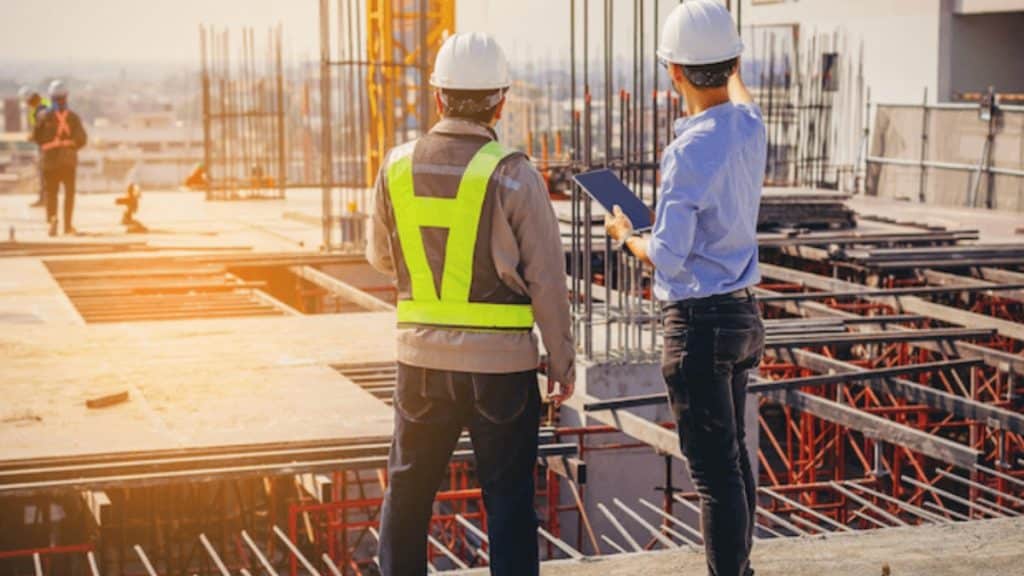Construction is critical to the development of our cities and infrastructure, but it also involves inherent hazards. The sector has long battled high accident and injury rates. But as awareness rises and technology develops, fresh viewpoints on building mishaps are starting to surface.
Having skilled legal counsel like Davis, Saperstein & Salomon P,C., New Jersey construction accidents & injury lawyers, is priceless in these complicated situations. Legal advice guarantees that wounded workers know their rights and get the pay required for recovery and reconstruction of their lives. While they handle the legal complexity of your case, competent attorneys at your side will let you focus on recovery.
The Ripple Effect on Workers’ Lives
Although construction accidents clearly cause physical injuries, the emotional, psychological, and financial toll can be even more significant. Injuries suffered by workers often cause long-term healing, emotional pain, and difficulties reintegrating into daily life.
Families and communities suffer as well since damaged workers could lose income, freedom, or movement. These knock-on consequences remind us that the impact of an injury extends far beyond the individual—it can affect an entire family and community.
Mental Health on Construction Sites
Construction jobs cause stress, anxiety, and depression, not only physically taxing but also psychologically demanding. These problems could cause mishaps since workers might be less attentive, tired, or unable to make wise judgments.
Building firms should thus offer resources such as peer support networks, stress management techniques, and counselling to handle this. Giving mental health top priority along with physical safety will help to lower the risk of mishaps brought on by emotional strain or mental tiredness.
Redefining Accountability: From Employers to Industry Standards
To lower mistakes, construction firms have to give safety first priority over profits. This calls for frequent instruction, appropriate tools, and close supervision. Industry-wide guidelines and rules have to change to guarantee thorough and implemented safety precautions. Businesses that see safety as a fundamental component of their operations instead of only a compliance need will set the standard for lowering mishaps.
The Economic Cost of Negligence
Negligence on construction sites leads to injuries and economic costs, such as delays in project timelines and lost revenue. Injured employees need comprehensive medical treatment, which can be expensive for companies as well as for the employees. Not only is investing in safety precautions an ethical need, but it also makes wise financial sense since it helps to minimize indirect costs related to workplace injuries, compensation claims, and legal expenditures.
Empowering Workers with Safety Education and Training
Programs for construction safety call for thorough training and education for employees to spot risks, run equipment properly, and follow emergency procedures. Virtual reality (VR) simulations and other creative ideas are becoming commonplace since they let employees go through high-risk situations under control. Preventing mishaps mostly depends on arming employees with tools to identify and reduce hazards.
Embracing Smart Technology for Safer Worksites
Technological developments are transforming our approach to safety on building sites. Smart wearables can track workers’ vital indicators, identify tiredness, and notify managers of possible threats. Surveying building sites using drones is becoming more common, as from a bird’s-eye perspective, they can spot safety concerns before they cause injuries. By means of real-time data analysis, AI-powered systems can forecast accidents, hence enhancing decision-making and resource allocation.
A New Approach to Construction Safety
The construction industry is evolving, as well as our approach to mishaps and casualties. From technology advancements improving site safety to thorough legal support for wounded workers, prevention, recuperation, and empowerment will define building activity going forward. By redefining the way safety is prioritized, educating workers, and investing in mental health support, we can create a safer environment for all.
